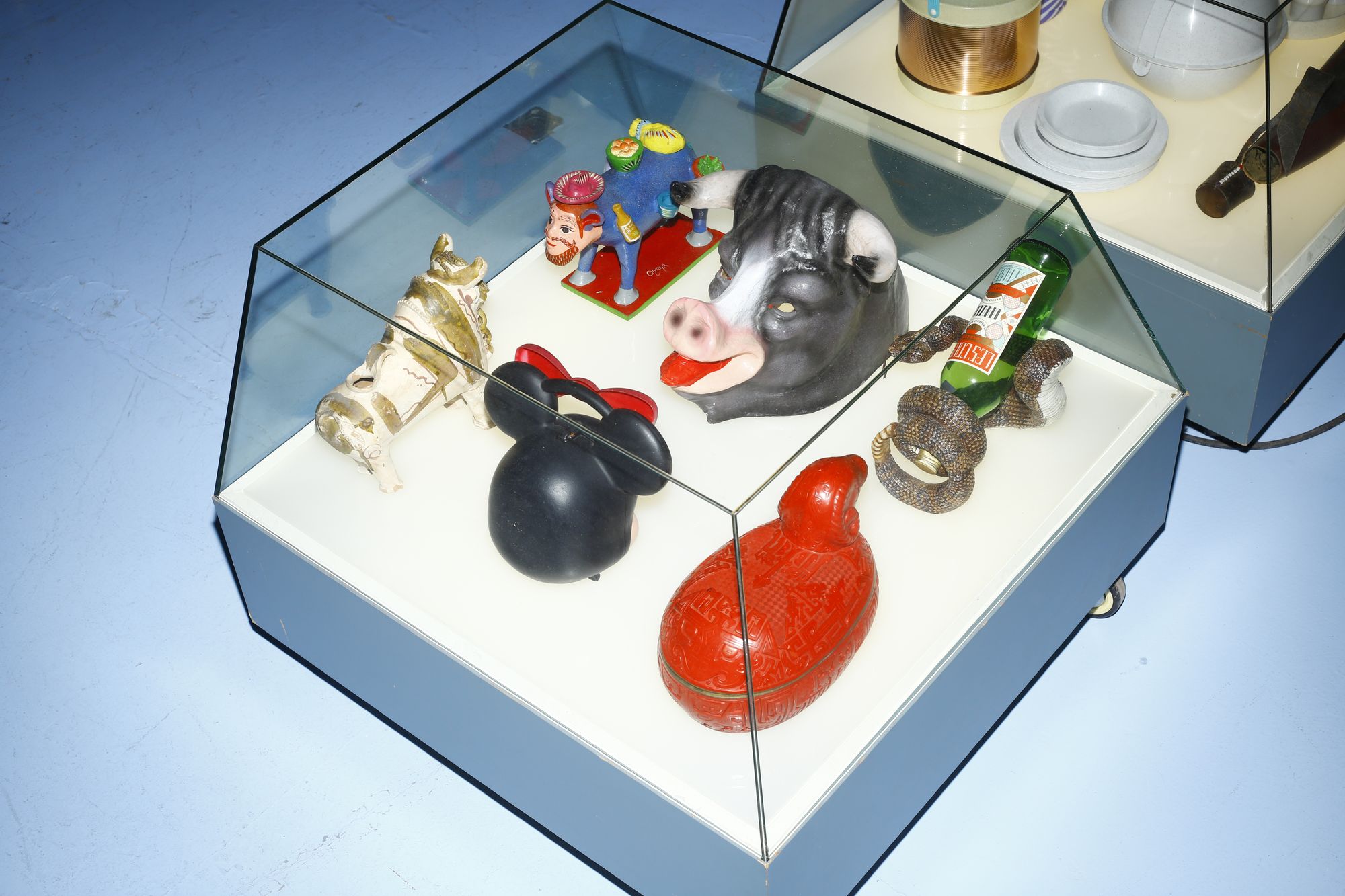
Photographed by Ricardo Cases for PIN–UP.

Antoni Miralda photographed by Ricardo Cases for PIN–UP.
Catalonian artist Antoni Miralda is as itinerant as he is prolific. Best known for his large-scale events — rituals, parades, and parties — his work, powered by an indefatigable enthusiasm for collaboration itself, takes many forms. In a career that originated with participatory exhibitions and public actions organized in Paris in the mid-to-late 1960s, Miralda has recruited fashion designers, chefs, farmers, marching bands, boy scouts, visual artists, and unwitting publics to produce myriad artworks across continents. Food, color, and mythology are recurrent protagonists in Miralda’s work (see El Internacional, his pioneering Tribeca tapas-bar-cum-art-project that became a New York City 80s art scene staple). Equipped with an ethnographic curiosity, he has materialized projects that reflect on and learn from the contexts they spring from, and for the last 24 years he has managed FoodCultura, which serves as both an archive of his life’s work and a non-profit platform for the discussion of nutrition, food economics, and artistic practice.
Common Accounts’ Igor Bragado and Miles Gertler spoke with Miralda to discuss projects new and old, including the legendary The Honeymoon Project. The focus of a recent exhibition at Valencia’s Bombas Gens art center, Honeymoon comprised a series of engagement parties hosted in coastal regions along the Atlantic Ocean from 1986 to 1992 in honor of a fictional marriage between New York City’s Statue of Liberty and Barcelona’s Christopher Columbus statue. Below, Bragado and Gertler examine the history of Miralda’s collaborations, New York’s art scene in the 1970s, and the logistics of organizing monumental events like these, notable for their sheer scale and complexity.
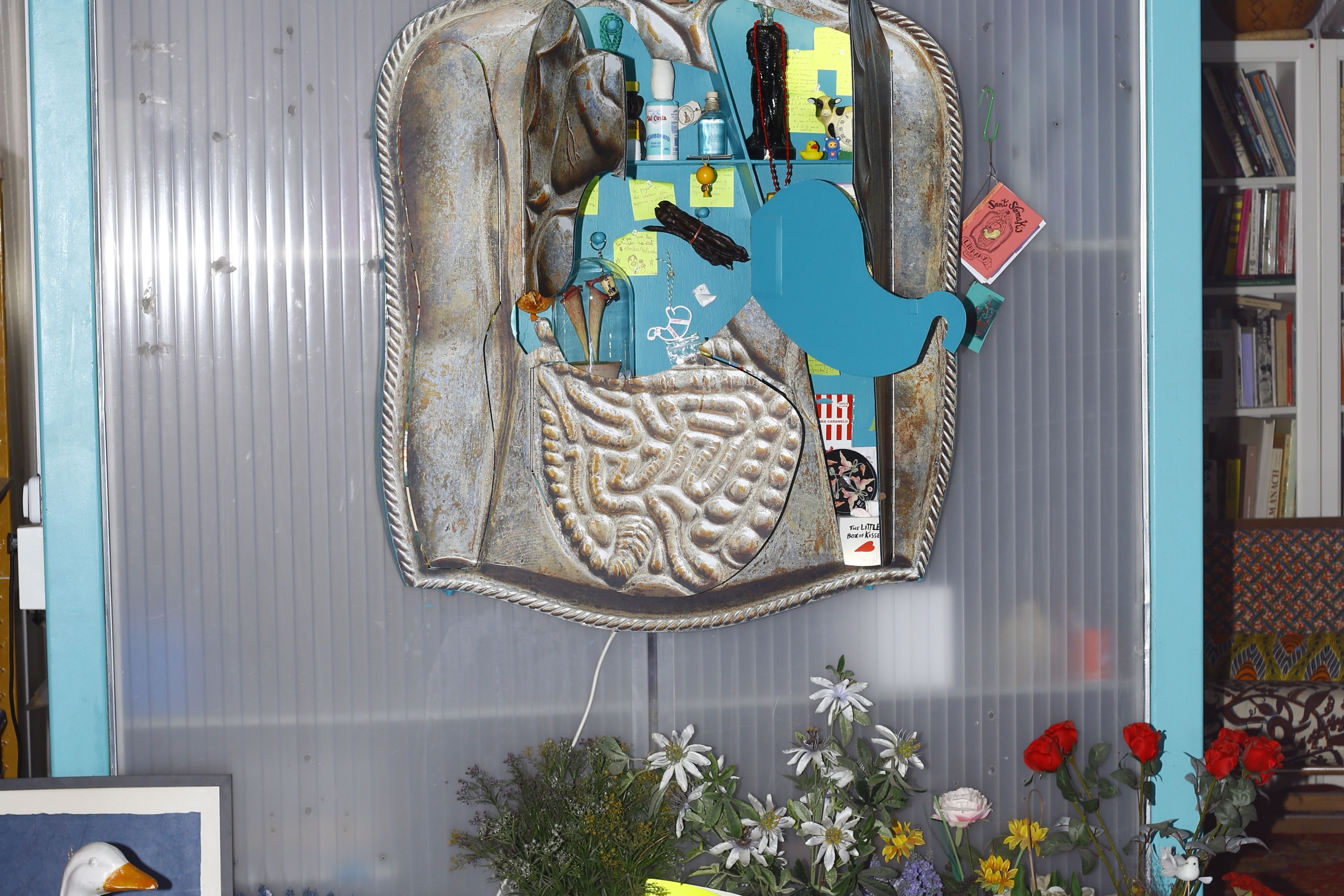
Antoni Miralda’s studio photographed by Ricardo Cases for PIN–UP.

Photographed by Ricardo Cases for PIN–UP.
Igor Bragado: These Xeroxes you’ve just shown us [copies of hand-sketched drawings and tourist maps that were part of a recent urban performance in Valencia] are incredible. Tell us about these drawings. Are they meant to be operative in the production of your parades?
Antoni Miralda: This is the only way I have to communicate the pieces to participants and stakeholders. I’m not a digital person, so I can’t make complex digital drawings, and I don’t have the time to teach the whole rhetoric of each project to every single institution and person participating in each parade. It’s very difficult to coordinate and tell everyone what to do. So this is my way of making visible how things will be. The idea with the exhibition Honeymoon: Unclassified was to show everything that’s behind the scenes: not only the brightest, the biggest, and the most beautiful aspects of these parades. It showed all the problems behind making these pieces — the reality.
IB: This other document here is also interesting: a map of the city where you are pointing at all the different stages of the performance in sequence.
Miles Gertler: All hand-written annotations on a classic tourist map.
IB: Can you tell us about the importance of expanding your work beyond the space of the gallery into the public milieu, out of the institution?
Well, this has been part of my plan from the very beginning. I remember my 1967 exhibition at Paris’ Galerie Zunini. It was more object-oriented. At the end of the exhibit, on the last day, we took all the pieces from the show and put them in the Boulevard Montparnasse. I was very interested in seeing these in dialogue with passers-by — new connections with the public. It invited the public to play. That was the first time I worked on the street. Of course, we did not ask for permission. Now that would be unthinkable: one needs permits for everything. Now in Valencia, the recent street piece was not an exhibition — it was an event. A test. A promenade. It was a totally open piece, and the exhibition came after. Honeymoon was a slow burn of a project, a bit like a snowball.
MG: When you began to produce these large events, and things became participatory and public at an ambitious scale, how did you manage the inputs and contributors? What makes for a good public event?
Let’s start with the last question. I think that a better public event is one that becomes public almost right away. But that is the most complicated thing to create. Today, in many contexts, that is impossible because you have bus lanes, the police at the top, and the legalities under the table. Public space has become much more controlled — of course, we know that. So, when there is that chance of getting to that true point of publicness, I want to be there. That’s when it works. But I have never been interested in style over creating a provocation, a happening. I have always been more interested in getting feedback and getting people on my side. You need to be able to express yourself and visualize your creation very well. I have been working very much on visual language. I can’t work if I am not drawing.

Photographed by Ricardo Cases for PIN–UP.
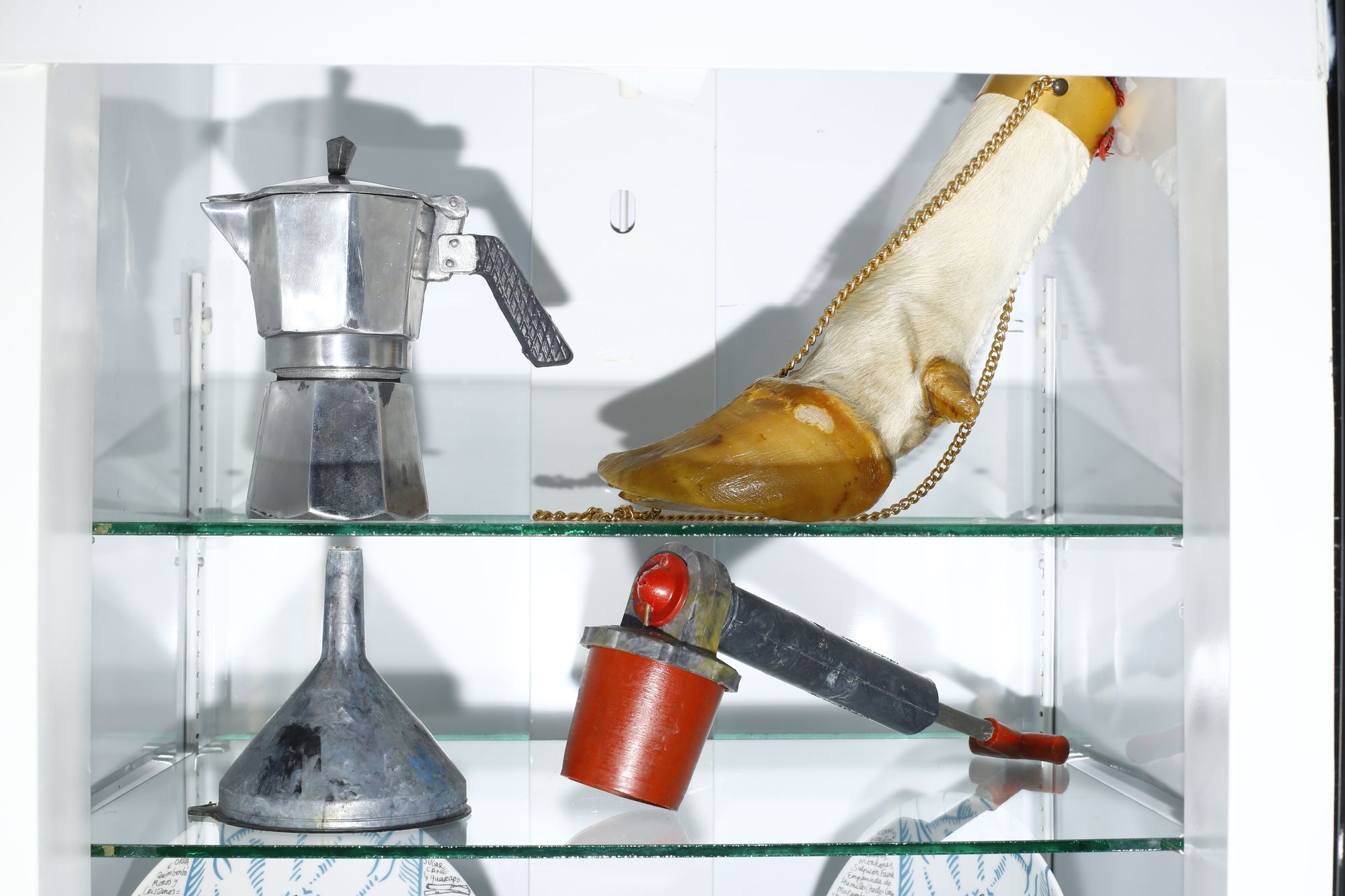
Photographed by Ricardo Cases for PIN–UP.
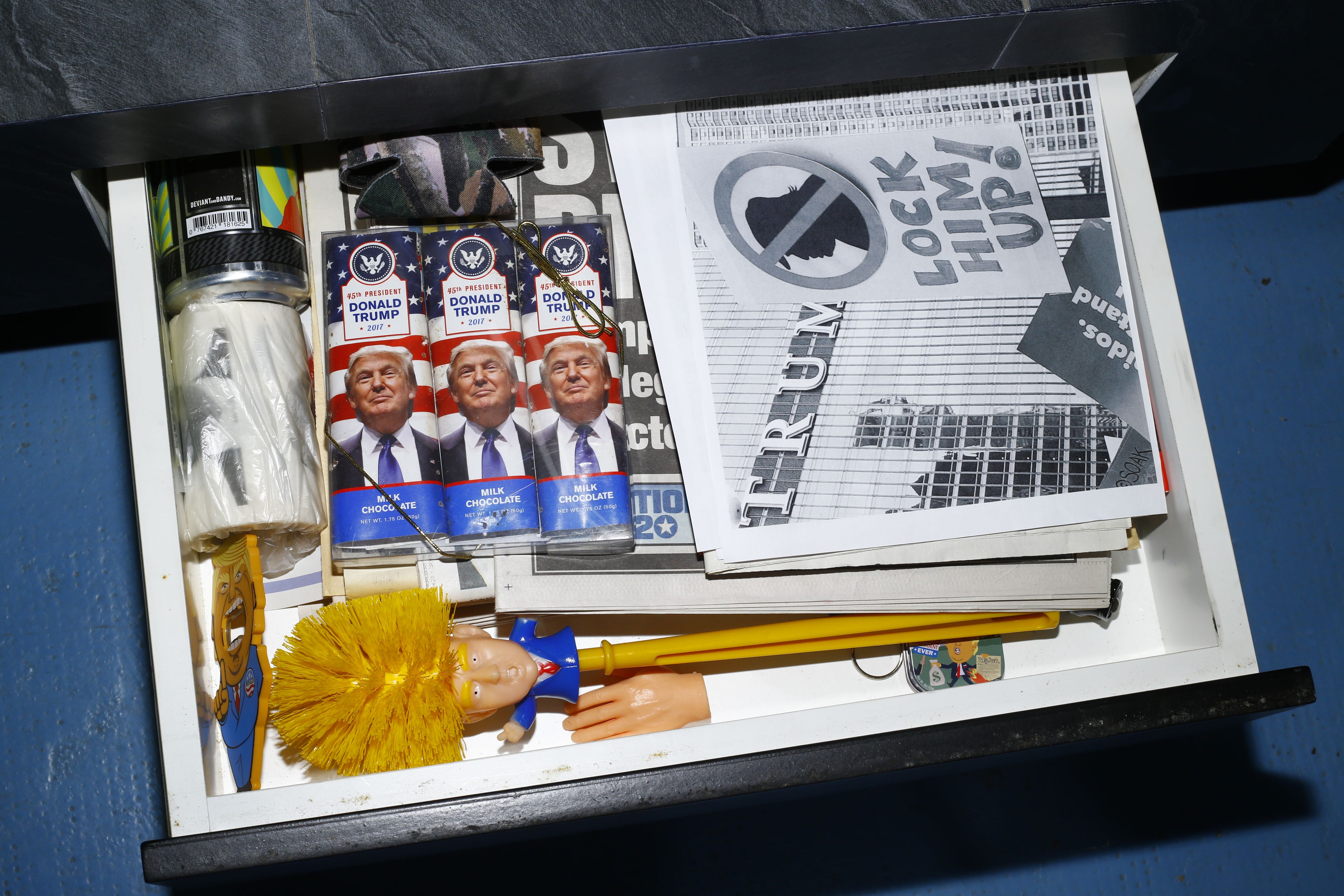
Photographed by Ricardo Cases for PIN–UP.
IB: Many of the parades and events that you organize take on a global scale, and yet there is always space within the project for smaller communities to make contributions. How in your work — whether it was a ritual dinner, a school procession in France, or an agricultural parade in Kansas — do you connect with these communities and even begin to propose a collaboration?
I understood that there were things you could not change when you approached existing communities. With the groups I worked with connected to things like carnivals or craft traditions, it was important to keep those roots. Maybe they had never been in a museum context before, and nobody had sat in front of them and said, “Listen, this is possible.” You need to show them something. If you don’t show them what you mean, they won’t understand. It’s all about language and timing — a lot of it is timing. And it is absolutely necessary to have the right link with a place’s history — the right person on your side who can introduce you and open doors for you. Because people will think, “What are you doing here? What planet are you coming from?” I would ask the same thing. You must reinvent the process every time. It depends where you are and who you’re speaking with. Sometimes it doesn’t work. It’s easier if people are willing to open themselves up. It’s very common that people are afraid. In the United States I find it easier to communicate, because people are more direct. Europe is much more complicated.
MG: Tell us a bit more about this issue of communication. We’ve read that for Wheat and Steak (1981), it took you two years simply to establish connections and relationships with local communities, and then two years on-site to produce the parade itself. How did you communicate performance ideas to collaborators?
So for instance, when I worked with the 23rd Street marching band, The Cobras, it was about rhythm [snap, snap, snaps fingers]. They were very connected to the drums and African American culture in Kansas City. I admired them, and they were very easy to work with… I would love to get into the street and into the stadium with them and to be a part of that band [snap, snap, snaps fingers again]. We talked about bringing a piece of meat, a steak — and this is the cow city — and I said, “You’re going to have a steak to use as a piece to create movement through the downtown. You’re going to animate the city with it.” And they just got it and said, “We’ll do it!” So, it really depends how you approach these things. Of course, there are many elements that need to be considered. And you need people for that. For example, you need people to anticipate that it’s going to be windy. You need people to think about the topography, or that you can’t have the Boy Scouts hold a piece of bread (“Oh no, they can’t do that — it’s forbidden!”). Once we had to stall the whole thing, the whole flow, because they couldn’t hold the piece of bread. We had to stop everything, but I would not go home. I brought gloves on the corner and kept the parade going! So, you have to deal with confrontation and with things going wrong.
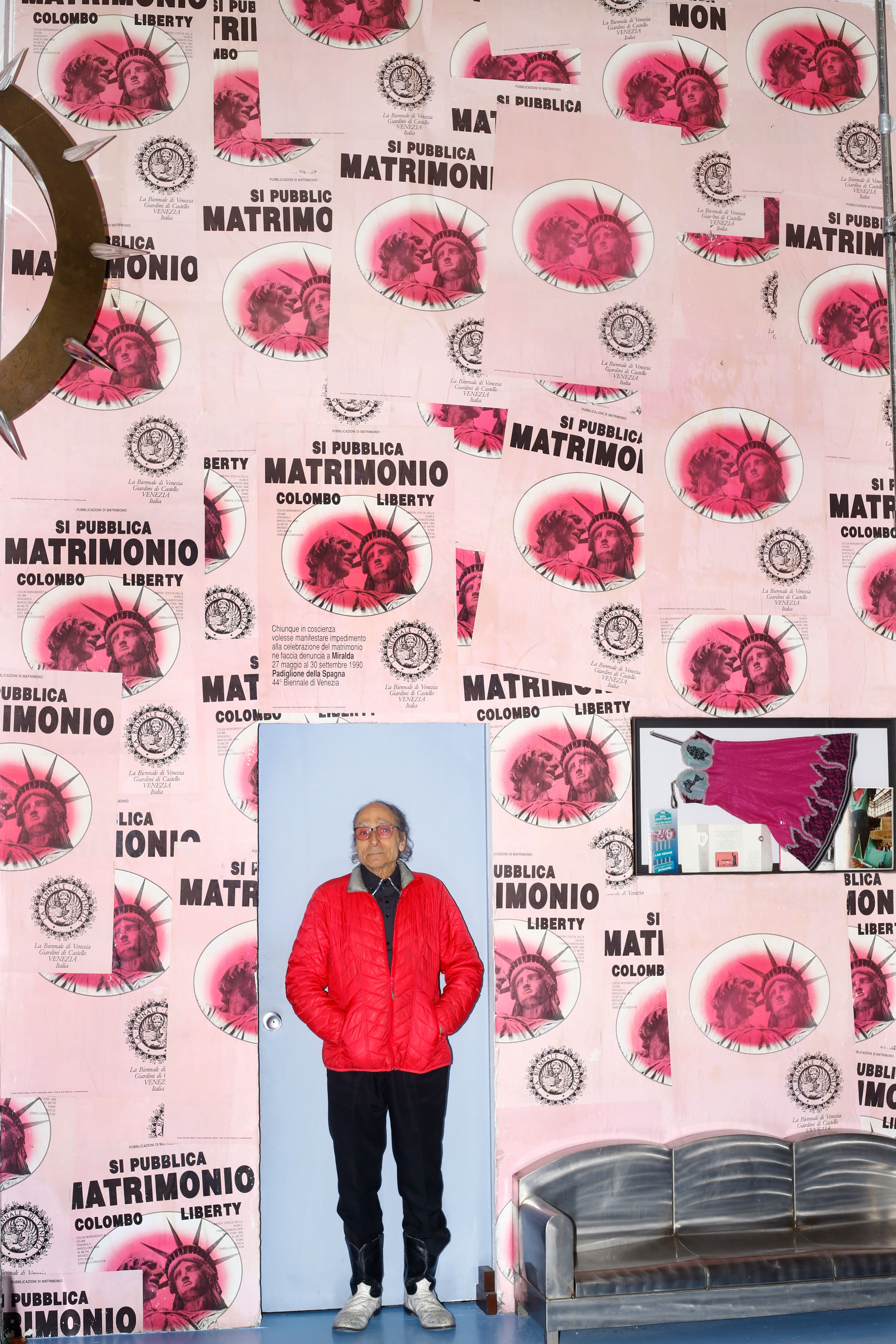
Antoni Miralda photographed by Ricardo Cases for PIN–UP.

Photographed by Ricardo Cases for PIN–UP.
IB: It’s interesting to consider the definition of the author that you are proposing in these public, participatory projects. You establish a platform for certain conversations and dynamics to happen, but there must be a point where things fall out of your control in a productive way.
I have always been interested in getting different inputs through different collaborations because some of these things are not done with a one-man-band. That’s not the idea. This is not a Hollywood production. In Birmingham, when we did a piece there for The Honeymoon Project in 1991, many artists collaborated on different pieces as a part of a parade. I was more like a director. There was a lot of dialogue with everyone, and without that, it becomes something like a collective exhibition. If the feedback and conversation create distortion, it adds something. This sometimes happens when you’re in the rhythm of things. It is a confrontation and a dialogue that becomes spontaneous. All this comes from that idea of orchestration: to get people to think about what you’re doing, what you’re doing it for, and to get their reaction. Sometimes this doesn’t happen because there are last minute things that pop up. Like with a recent project in Miami, they said, “You can’t take the whole street. The buses need to run there.” So, if I don’t have the street, what do I do? I said, “You have the street behind it, take Ocean Drive. Leave me Collins Avenue!” But we couldn’t compete with those guys and the city. So, perhaps that was less successful. But what is success? The important thing is that the main elements were there. Often what was more frustrating wasn’t losing control, but the lack of belief or understanding in what we were doing.
MG: You worked with the fashion designer Frances Montesinos for your recent parade in Valencia. This is a regular occurrence in your work — your collaborations with designers, from Paco Rabanne to WilliWear, have been essential to the development of key projects in your oeuvre.
Oui! Yes.
IB: What do you get from fashion?
It’s not something that’s planned. It’s not something that I look for from the beginning. Montse Guillen, my partner, knew Frances Montesinos. At some point I thought it important to get him involved. But it was somewhat accidental. Sometimes things come to you. WilliWear was different. WilliWear was a commissioned project. They had a plan to work with artists, like James Wines and SITE.
MG: Yes, you showed the project Dressing Tables in the showroom he had designed the year before. This was 1983, and I think you had been in New York for over a decade by then.
Yes, I got to New York in 1971.
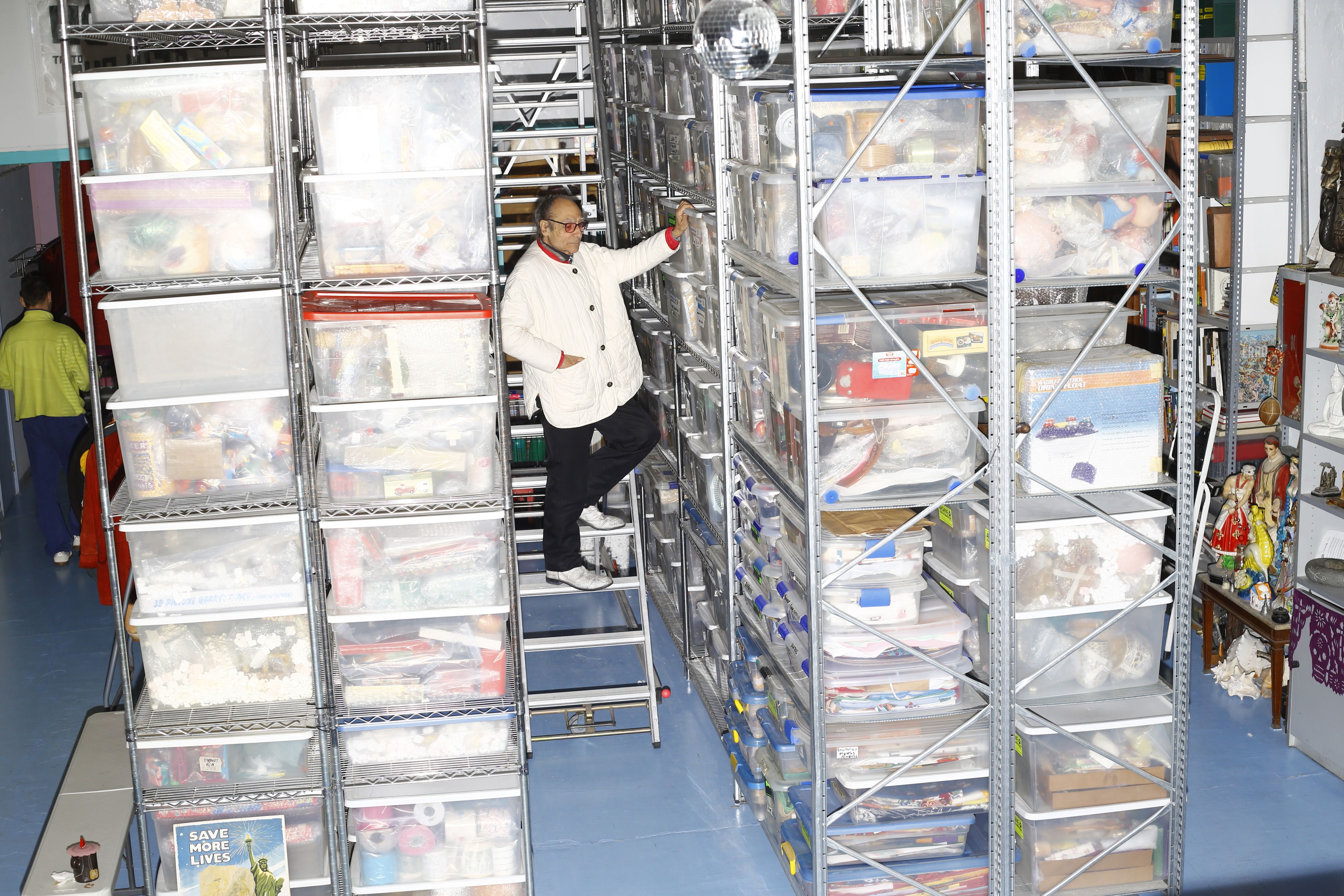
Photographed by Ricardo Cases for PIN–UP.
MG: What was your set-up when you landed in New York? Did you know anyone?
I developed a “walking network.” Walking: very important. I developed some links and connections like that. I showed Fête en Blanc to Louise Bourgeois in 1971 and she loved it. She received me wonderfully. Louise then talked positively about me — “Oh, Miralda… Miralda…” — so I developed some good connections through her. It was an underground moment. Muntadas was already working there, and The Kitchen was founded in Greenwich Village that year. It was clear that we were exploring the city. Tribeca was like a completely empty space, and little by little I saw the formigoneras (Catalan word for cement trucks) coming.
IB: At that time you were living right across from Teddy’s, right?
Just across from it. Like so many things that happen in life, you just catch it. Things happen, and you need to catch them. Teddy’s was an American steakhouse known for being a dark place frequented by the mafia. We’d see all these black limousines outside. I could not have dinner there, because it was too expensive and also because it was another planet. Cities are always full of opportunities for an artist, especially when you first land there and you don’t know them well. You end up finding a new perspective.
IB: How did Montse Guillen take over Teddy’s and turn it into the tapas bar restaurant El Internacional?
Montse had a very interesting, avant-garde restaurant in Barcelona. The concept was put together by a creative team of designers — really the best young people of the moment. The food was very creative. I met her in Barcelona and we had a connection right away. We talked about doing an extension of this restaurant in New York. And she was first involved in Kansas City in Wheat and Steak. But at some point, it became clear that we wanted to work on a ‘video tapas’ project. In New York, tapas was not very known then — it was all new. After nearly two years working on this and looking for a place, Teddy’s — right in front of where we lived — was up for rent. So we started building a new tapas bar in this old, haunted 1950s palace. We started scrubbing the walls and built El Internacional in situ. The structure of the place was already set with four different dining rooms.
MG: What was a night like for a guest at El Internacional?
It was probably a trip. I did not even know when Andy Warhol or Basquiat would make a reservation. When this kind of energy is there, you know, it just happens. It was not the idea to build a place for glamour, but interesting people would come in. It just came up all together in a very celebratory way. People did not know it was a tapas spot — they called it “topless”. But it was great for sharing, and you know, it worked right away. I remember that after the opening of Einstein on the Beach, Bob Wilson said, “Reserve us ‘The Sentimental Room’ upstairs, the one with two tables.” We didn’t have paparazzi there — we didn’t care about who was there or not. But this was not a long-lasting thing. You know, things go fast. After a while, Andy didn’t come anymore because he went to other places, or our place became too known. It had its own life.
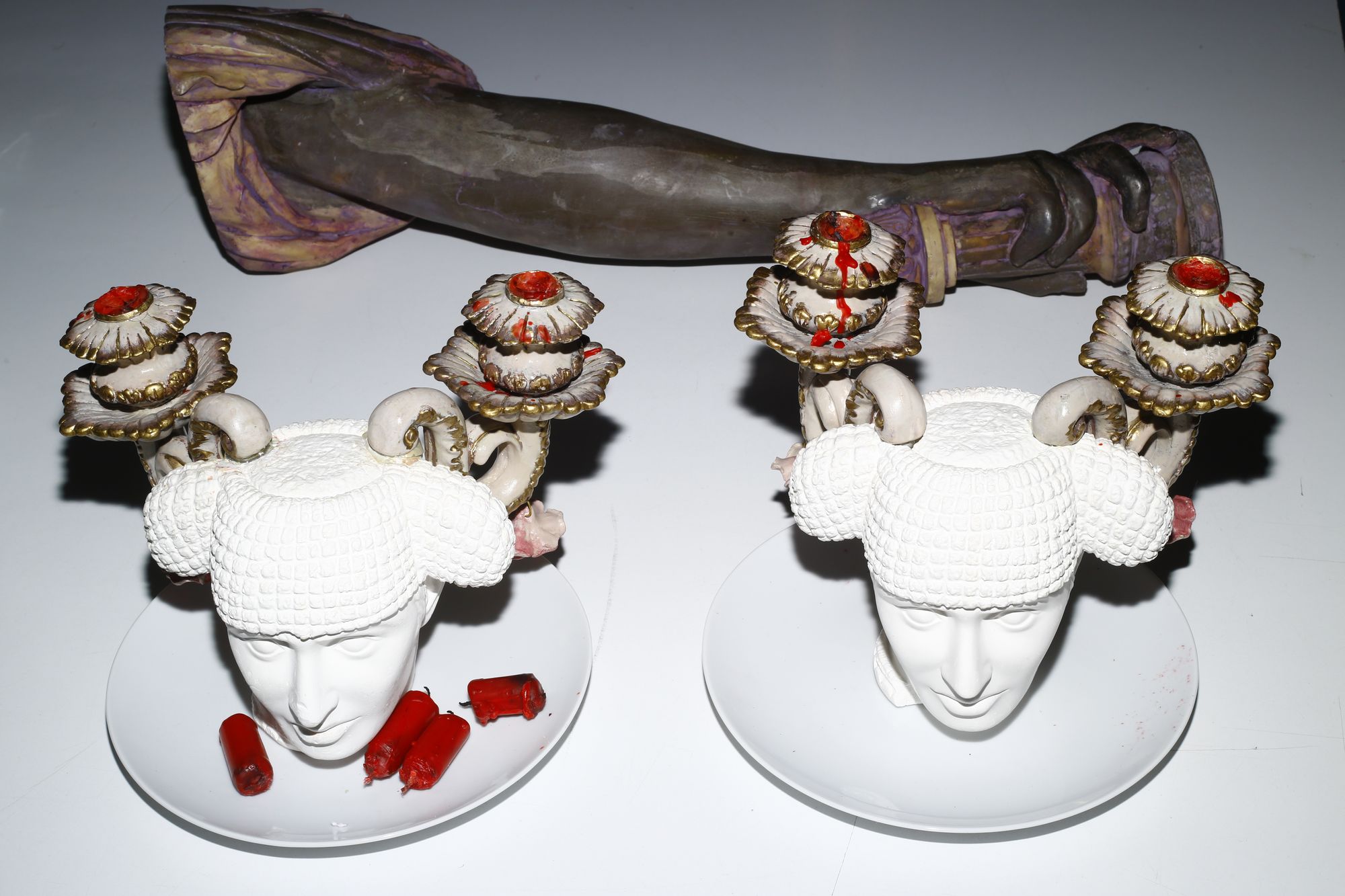
Photographed by Ricardo Cases for PIN–UP.
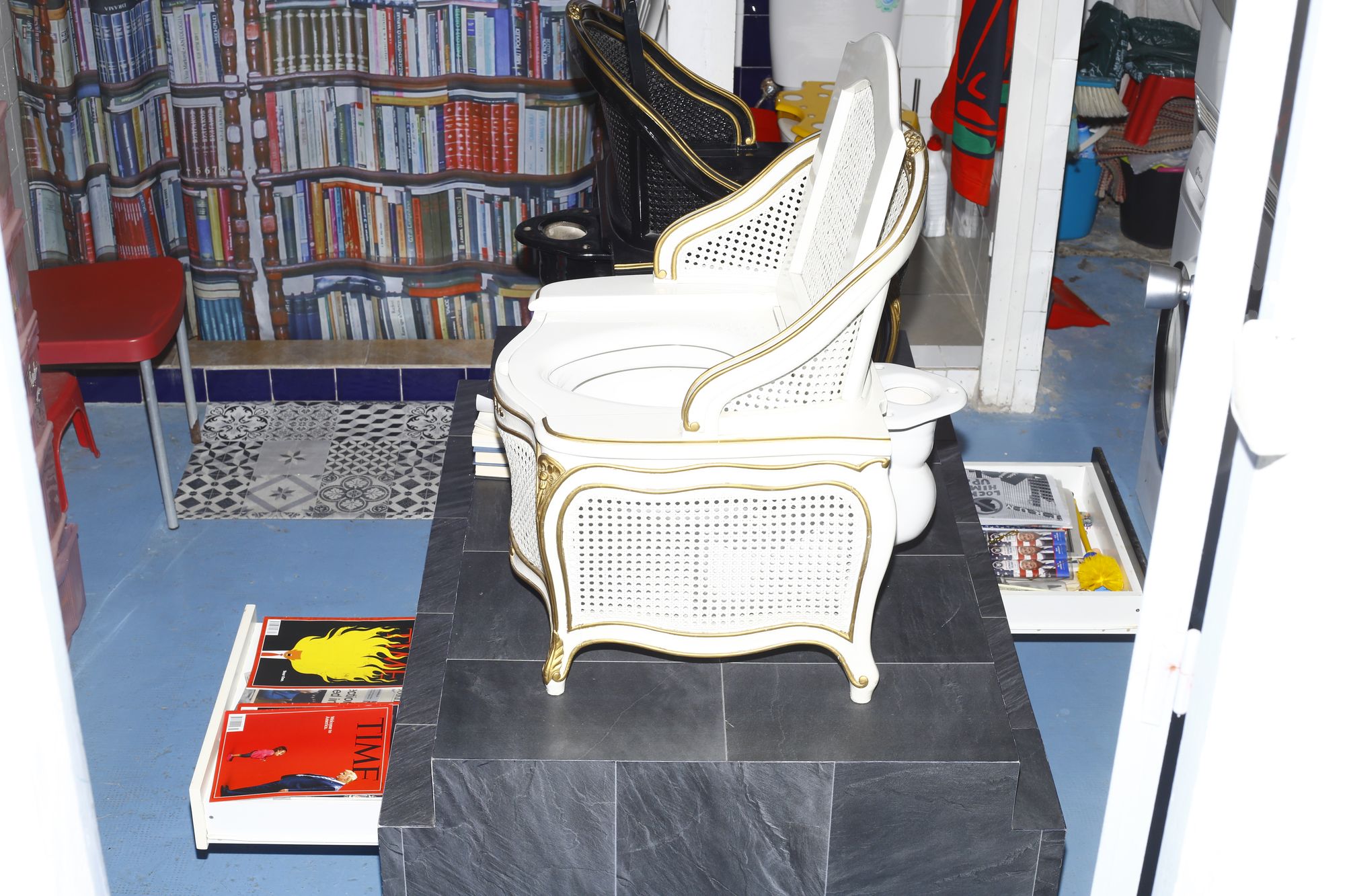
Photographed by Ricardo Cases for PIN–UP.
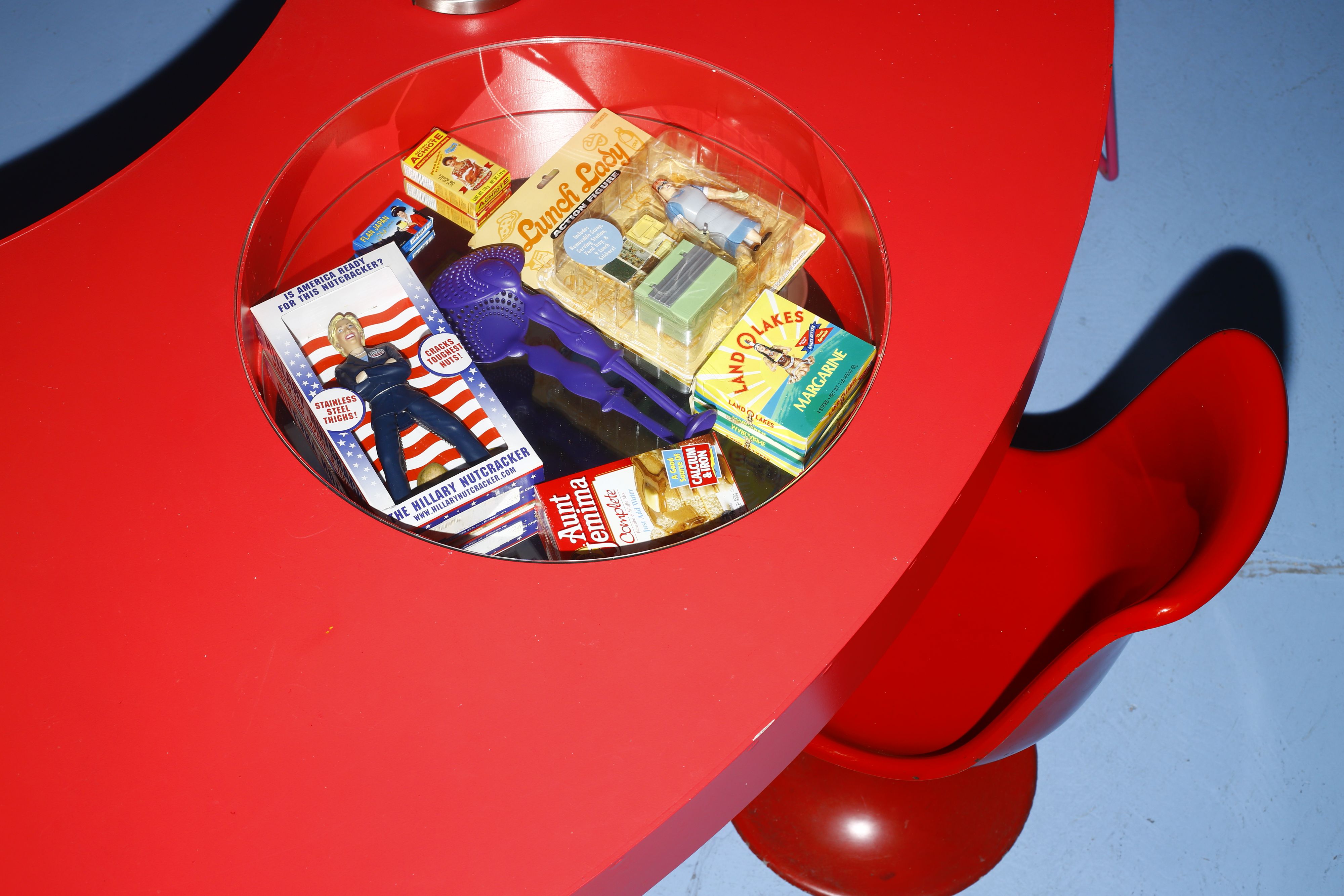
Photographed by Ricardo Cases for PIN–UP.
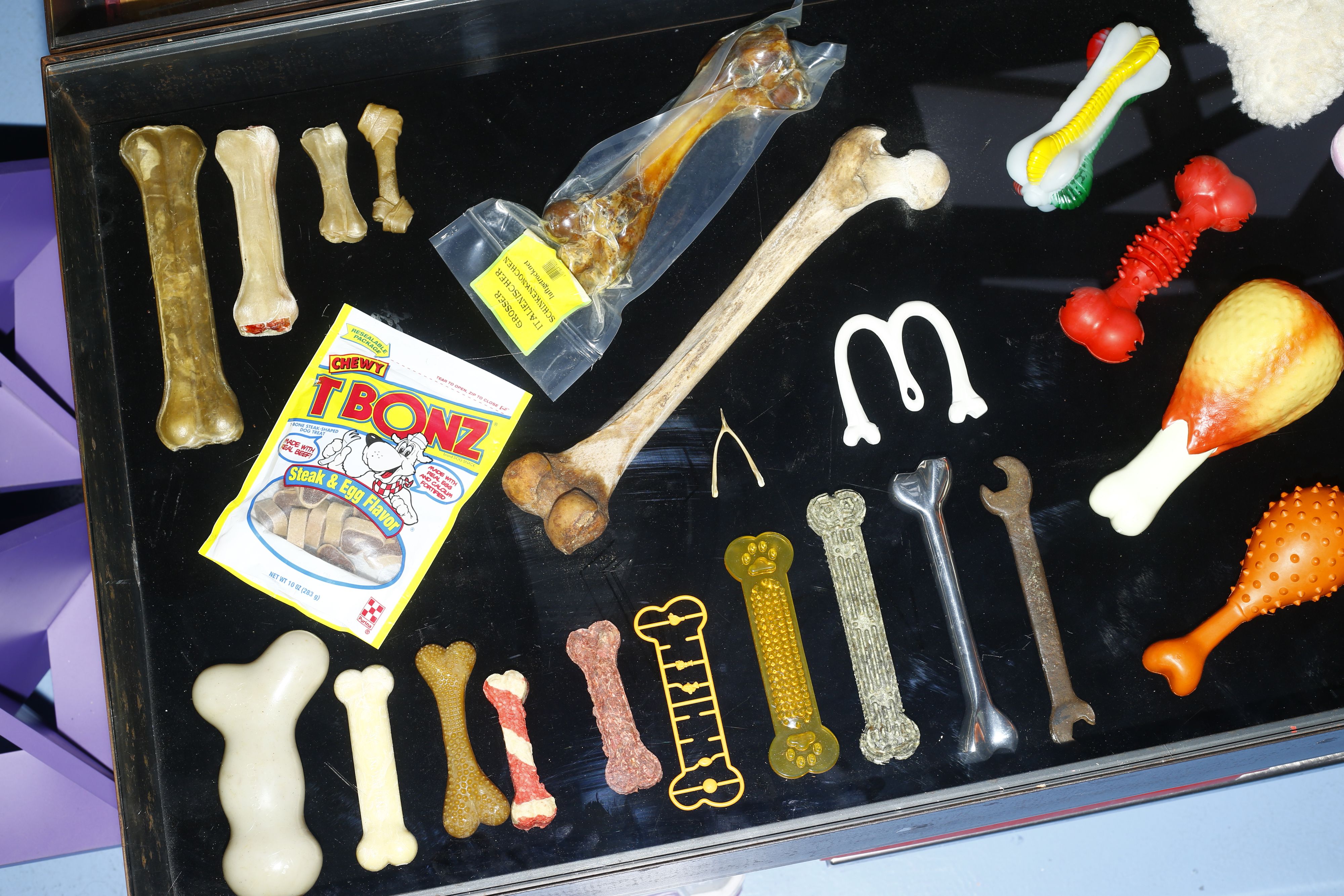
Photographed by Ricardo Cases for PIN–UP.
IB: What happened to the crown that sat on top of the building?
I couldn’t save it because I was away when the restaurant closed. I tried to save a few things, like the chairs and a few pieces of the interior, but I couldn’t save the crown. Maybe they made cannons with it. It was metal and so heavy that when we put it on the building, we couldn’t close the front door. The whole building sagged by a centimeter. The engineer was going crazy. It was a serious piece for a building.
MG: When looking at your body of work, especially during the 1980s in America, you quickly see how prolific you are. How did you fund your projects during this period?
I always thought I should have taken lessons from Christo. I admired how incredibly organized he was, both in working on an idea and developing funds for it at the same time. He would draw a series of pieces to build financial support for an installation. I never developed this aspect of my work enough to really build something. I wouldn’t say I haven’t sold a drawing — I’ve sold a few — but I couldn’t make it work as well as Christo in terms of tactics and structure. My effort was rather focused on building conversational “platforms” to convince stakeholders and participants of my events. But this requires a lot of time and energy, and it comes with a lot of disappointments too. It requires for you to constantly be generous, and to be open and transparent about the process and the project’s intentions. I sort of learned how to convince people, which is a matter of just communicating enthusiasm. I realized this early on, when we put together the “ceremonials.” I asked Paco Rabanne if he could draw something for us and he gave it for free. Same with Éliane Radigue. Now everything has a price; everything has an institutional frame. This creates a lot of problems. One might accept money from a city or a mayor who might have an agenda opposed to the piece. It’s a funding system that comes with a lot of contradictions. It was very clean with Christo because he worked with the art world. He would get support from galleries and friends whose agendas were aligned with the work. In the case of Honeymoon, we had some funds from a very broad number of organizations and volunteers, but I did not work enough with the art world then. Now they are more interested.
IB: You went from Paris to New York. What prompted you to move to New York City?
My intention was to move to London from Terrassa, the industrial town outside of Barcelona. I was very stimulated by Anglo-Saxon culture. But I ended up going to Paris because of a grant intended for a few months and I stayed for nearly six years. I had wanted to go to New York right away after that, because it was clear that I had to experiment in other places, but Paris was very interesting in the middle of the 60s. I’d been excited about London because there was a lot more energy there than in Paris with Carnaby Street and King’s Road. But I left Paris in the beginning of the 70s with the idea to go right to New York. I had to come back to Paris occasionally to take care of the many things I had going on there — Paris was like a trampoline.
MG: And what prompted you to leave New York?
I’m not sure I ever did.
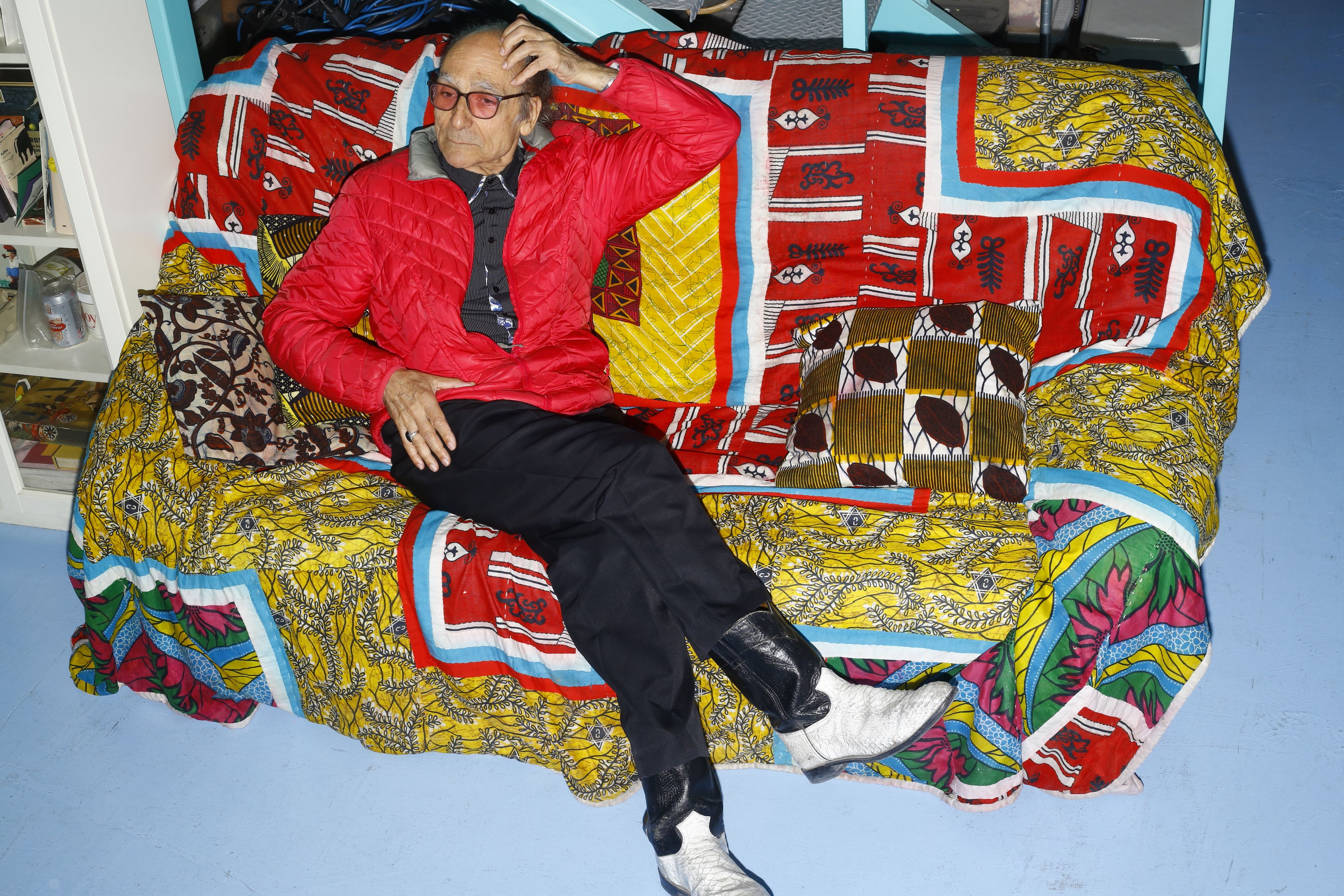
Photographed by Ricardo Cases for PIN–UP.